Japanese Tattoo Style
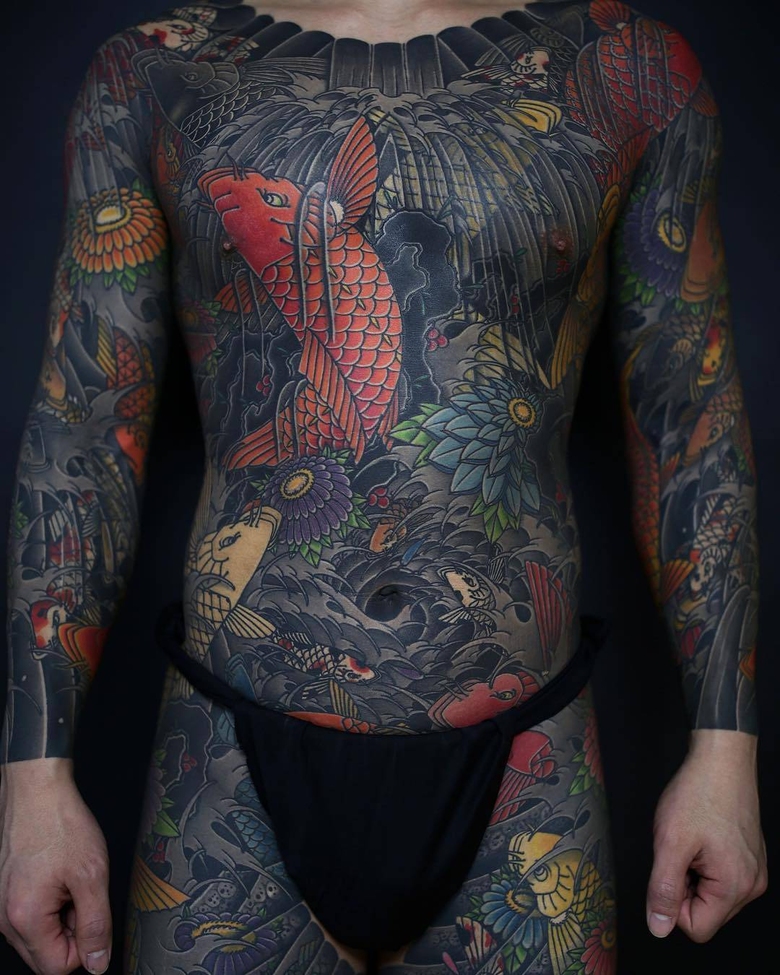
History of Japanese Tattoos
Japanese tattooing is an ancient art form. The earliest evidence of tattooing in Japan comes from excavated Dogu clay figures made in the late Jomon period (14,000-400 BCE) of prehistoric Japan. Most of these figures have markings on their faces, chests, and shoulders, which suggest the application of tattoos. It is believed that tattoos denoted social rank and were also used to ward off evil spirits and wild animals.
The first written mention of Japanese tattooing dates back to the 3rd century CE. Chronicles described how people of noble birth in Japan wore designs on their faces, and tattooing was a privilege of the elite. Gradually evolving and becoming more intricate, it transformed from simple patterns into a true art form.
However, from the 7th century, decorative tattooing fell into official disfavor and began to be used as a form of punishment. Specific symbols were used to denote the severity of the crime and even the location of its commission. People with such markings were ostracized by their families and excluded from society. Therefore, this punishment was very severe for the Japanese.

This continued until the end of the 17th century, when penitentiary tattooing was largely replaced by other forms of punishment. One reason for this was that decorative tattoos became popular, and criminals covered their punitive markings with large decorative ones. Hence the historical origin of the association between tattoos and organized crime in Japan. Tattoos became a distinguishing feature of the yakuza (Japanese mafia). Due to this connection, tattooing was declared illegal. However, the ban did not prevent the growing popularity of tattoos, especially among representatives of lower social classes such as workers, craftsmen, firefighters, and geisha. The bans did not apply to foreigners, and in the 19th century, the best masters opened their studios whose unique art attracted respected clients from abroad, including monarchs such as King Frederick IX of Denmark, King Edward VII of England, and Nicholas II of Russia.

Features of Japanese Tattoo Style
Japanese tattoo style includes three main directions: irezumi, gaman, and kasuri-boro.
Irezumi is associated with the criminal world since the original purpose of the intricate patterns was to hide shameful punishment marks. Later, such tattoos became an essential attribute of yakuza members. The most vivid and popular theme of this style is the Japanese dragon, a symbol of unlimited power, authority, and wisdom. The dragon's image, its size, and color could indicate the belonging of its owner to a particular group and their position in the hierarchy.
Gaman was considered a privileged style that adorned noble men, warriors who distinguished themselves in battles and in service for the good of society, emphasizing their strength and courage and demonstrating high human qualities.
The third direction, kasuri-boro, is the most unusual and interesting. These were secret women's drawings. Drawing powder was rubbed into special incisions on the body, and the drawings appeared only during moments of strong excitement or taking a bath. Therefore, only the closest people could see them.
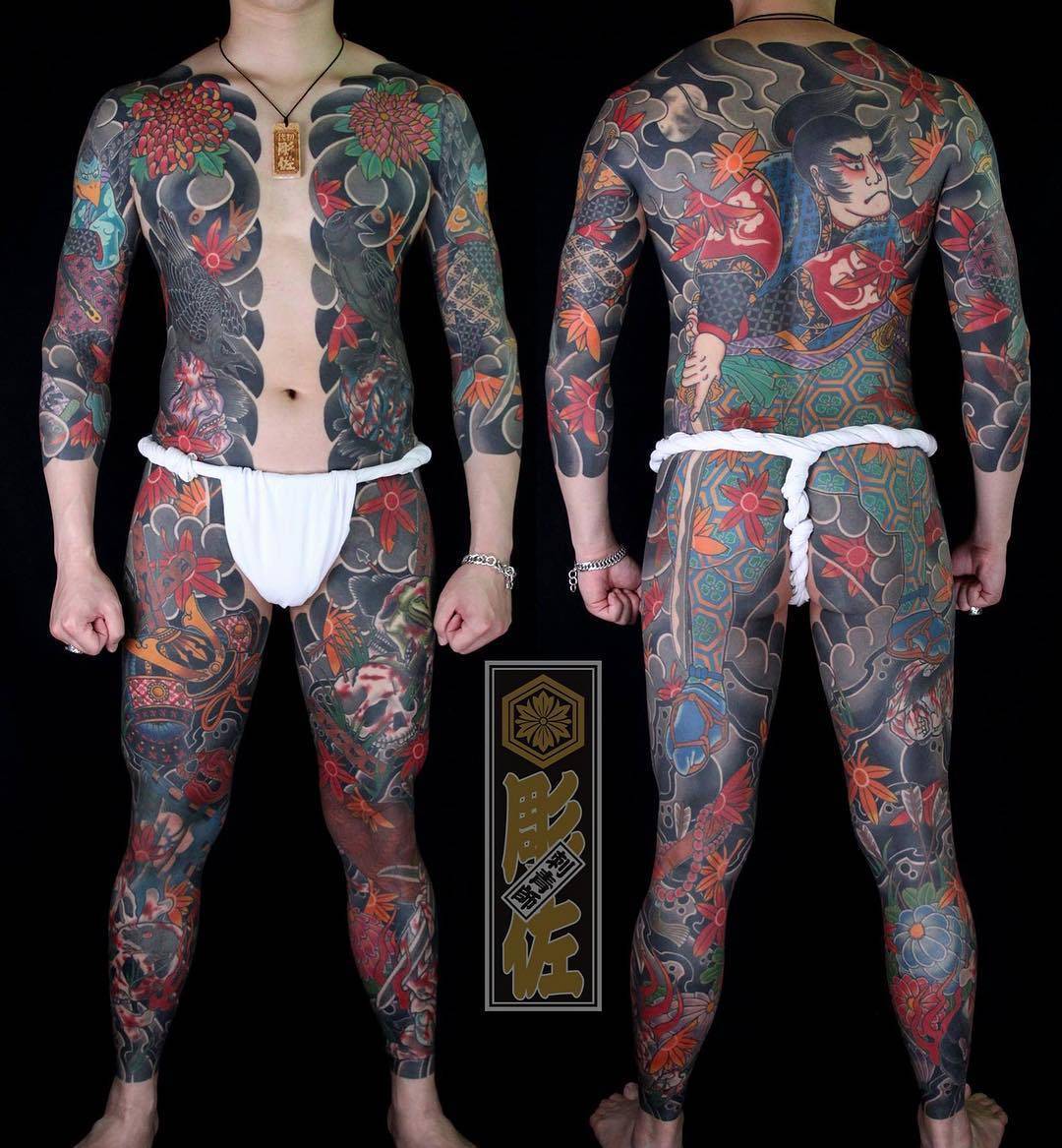
Traditional Japanese tattoo consists of one main design that covers the back and extends onto the arms, legs, and chest, resembling the shape of a kimono. The design is interrupted at the neck, ankles, and wrists, so that the tattoo can be hidden under clothing. The design requires significant investment of time, money, and emotional energy. The work is done using a traditional tool called tebori, which is a needle attached to a long bamboo stick. It is believed that the use of this traditional tool allows for a unique design. Creating a full pattern can take years. Enduring the fairly painful procedure of tattooing for a long time, required to create complex multicolored compositions, is not easy for everyone. However, this ancient technique is gradually becoming history. Modern masters increasingly use electric needles in their work, replacing tebori.

When creating their works, masters drew inspiration from spiritual legends and philosophical parables. Therefore, each plot carries a certain meaning, full of encrypted symbols. Dragons, as symbols of wisdom and self-assurance, carp symbolizing courage, tigers as symbols of fearlessness, snakes as symbols of protection from misfortune and illness, peonies as symbols of wealth and prosperity, cherry blossoms as symbols of a warrior's short life and fleeting youth, and hieroglyphs, samurai, and geishas - this is a small list from the rich palette of patterns used by Japanese tattoo masters.
The meaning is not only in individual symbols, but also in their combination and placement on the body, which is why Japanese tattoos are characterized by asymmetry. The drawings are usually bright and colorful, with a clear highlighting of the main motif and a decorative contour. The main pattern is often framed by small details while maintaining a unified composition, which includes body parts such as nipples or the navel. It is important to understand the elements of traditional design, their combinations, and meanings, which is the main difficulty of Japanese tattooing. Mastering this technique requires serious and in-depth study of the subject.
Nevertheless, in modern tattoo, artists distinguish several elements and their meaning:
- - Dragon - symbolizes male strength;
- - Peony - represents life success;
- - Sakura (cherry blossom) - symbolizes sacrifice and obedience;
- - Koi carp swimming upstream - represents resilience and invincibility;
- - Tiger - symbolizes fearlessness;
- - Rat - represents fertility.
Japanese tattoos feature a variety of animals, mythical creatures, demons, samurai, and heroes from folk tales and legends. The range of themes is so diverse that it has truly made it one of the most sought-after classic tattoo styles today.
It is believed that there are no more than 100 masters left in Japan who are proficient in the traditional style of tattooing. Despite its rich history, tattooing in general is viewed negatively in modern Japan, especially by the older generation. This is because tattoos are considered a symbol of belonging to the criminal world, the yakuza. For example, having a tattoo can negatively impact one's professional career. Visitors with tattoos on their bodies are not allowed in public bathing places in more than half of Japanese hotels, and this applies not only to local residents but also to foreign tourists.

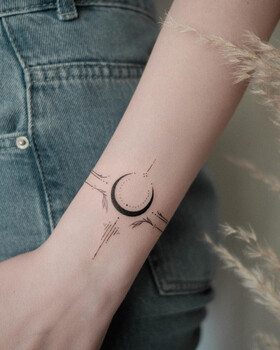
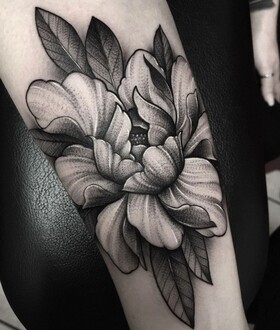


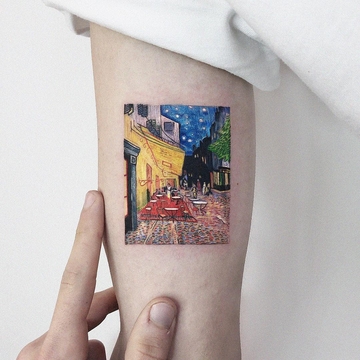
Comments (0)